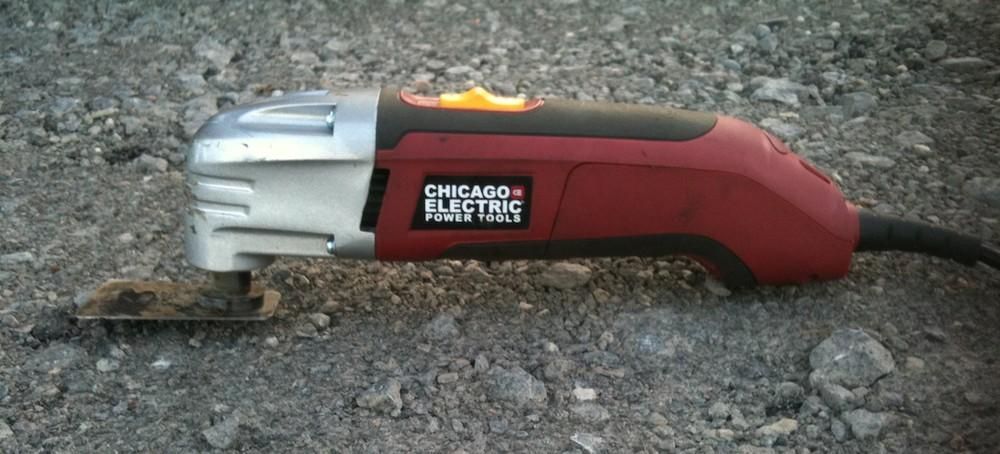I'm with the earlier posts to push the panel down a bit, grab the head of the screw with a vice grips (tightly - the screw should crunch some, making it kind of square-ish, so it won't slip when turned), and unscrew it, or maybe just break it off, whichever is easiest.
I really think that will be far easier, and probably less damage to the panel than a saw or drill. Try using a flat nail-pulling bar to flatten the panel down, or maybe a small metal sheet with a hole drilled into it a bit larger than the screw head? Put some weight on that to provide a little space for the vice-grips to grab.
edit/add: I went back and looked at the first pics - OK, if you can get between the "wiggle board" and the 2x4 (away from the panel) with a reciprocating saw, that should work too. But I'd use a sawz-all style, those little reciprocating saws are for more light duty work, I think. I have that same "plunge style" saws, I haven't used it much, it is good for some things, but I don't think it is a match for a sawz-all style for rough work like this.
-ERD50

